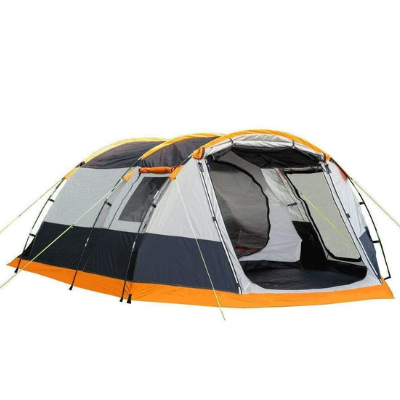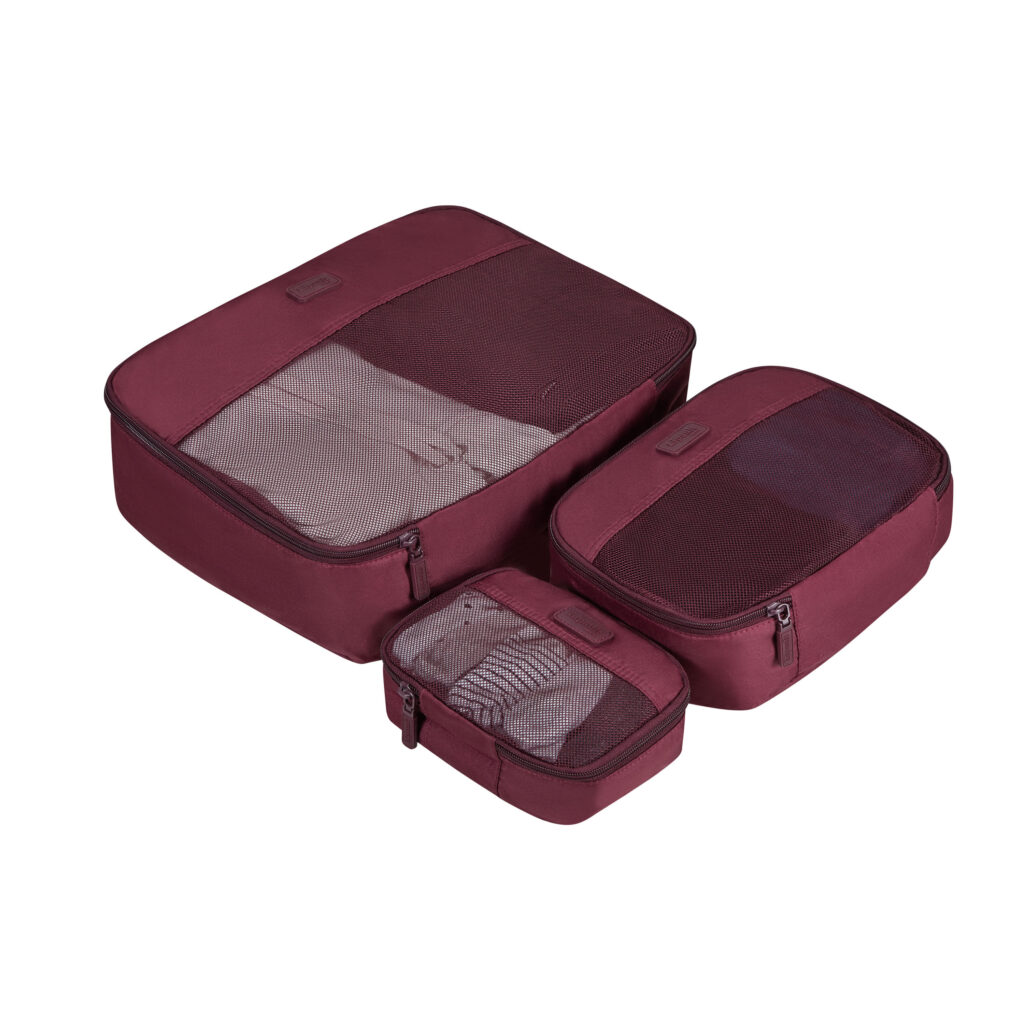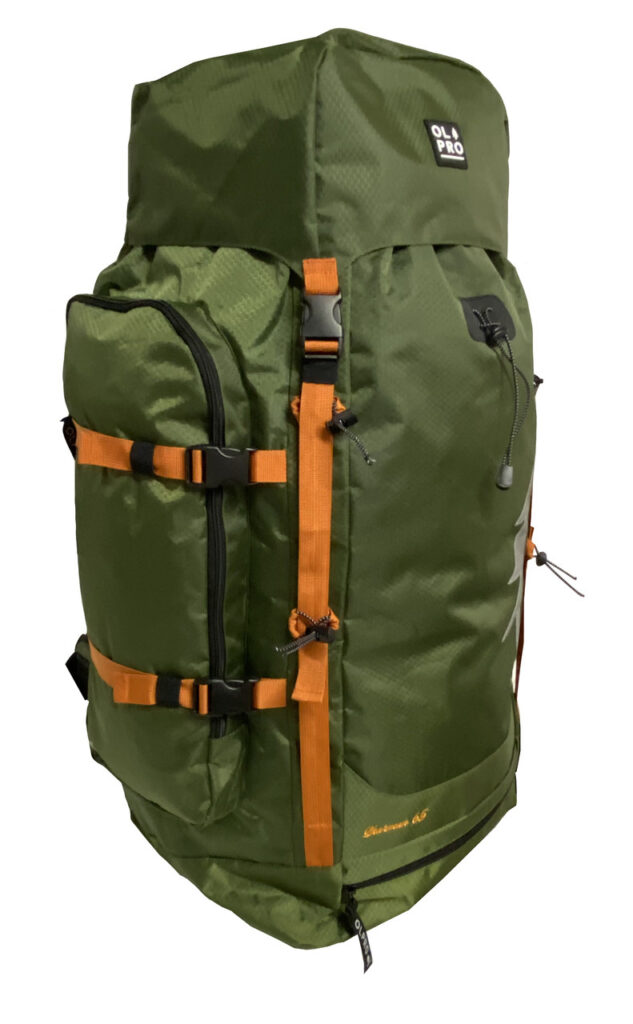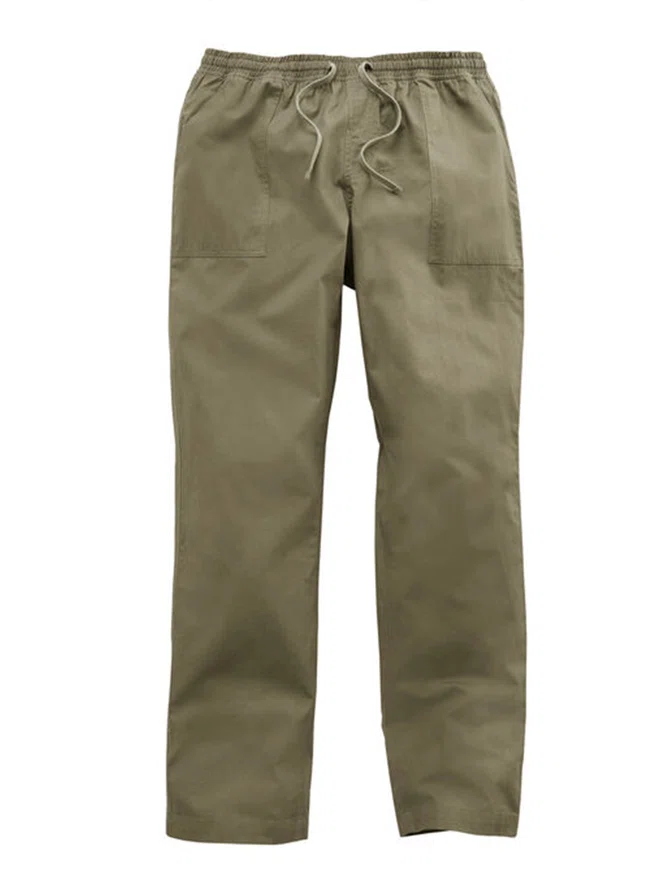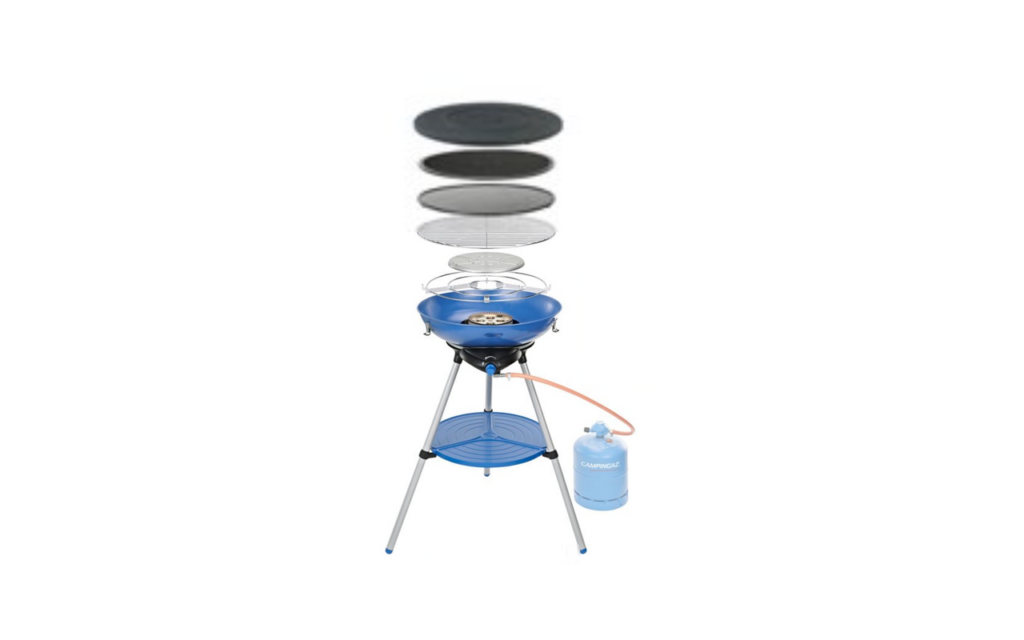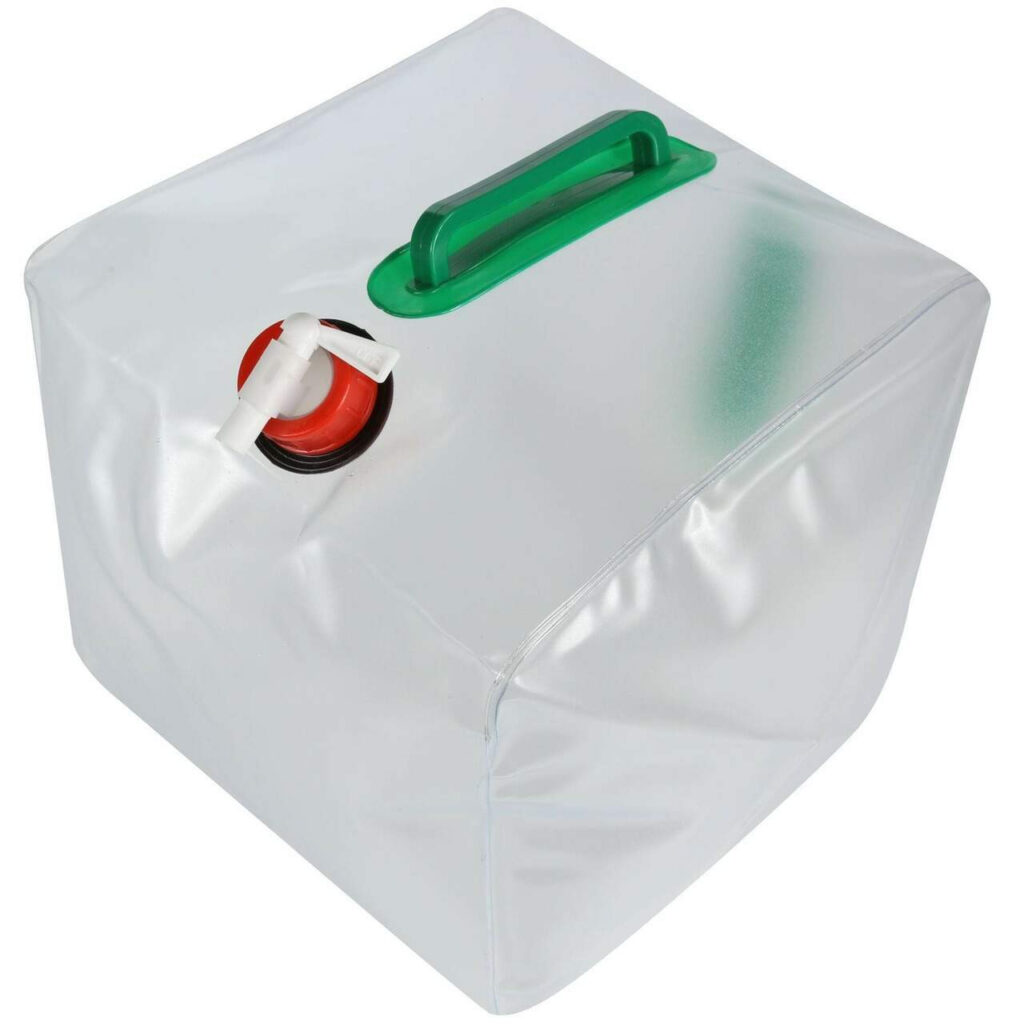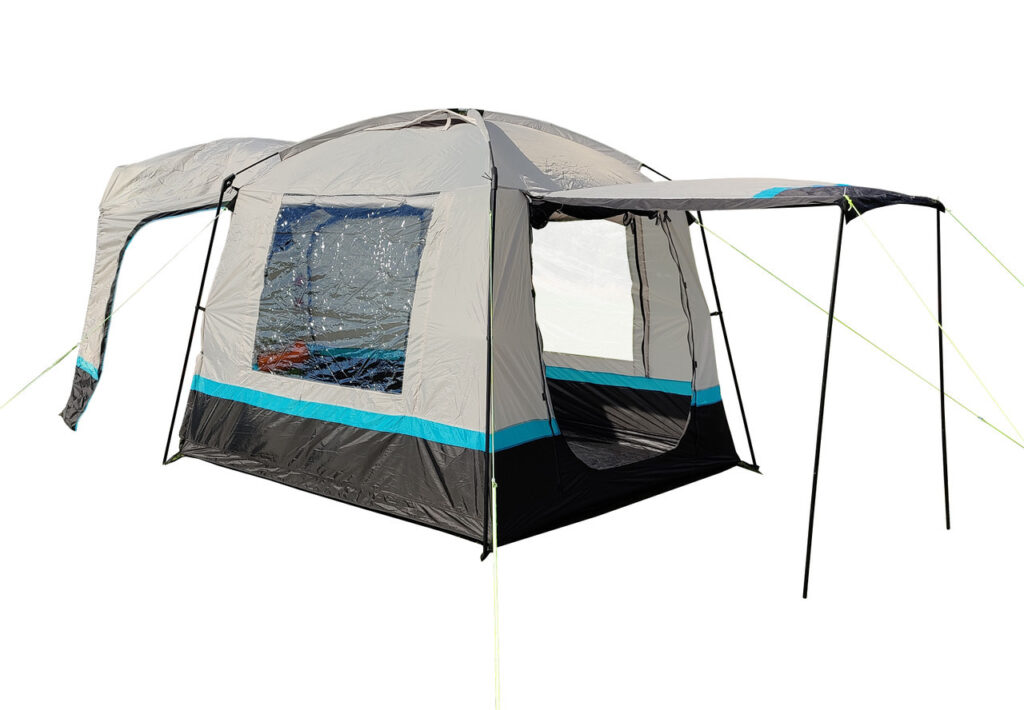Preparing for a successful hiking trip involves meticulous planning, particularly when it comes to packing your backpack. The art of efficient backpack packing not only ensures you have all the necessary items but also contributes to a more enjoyable adventure by maintaining a lightweight and well-balanced load. In this detailed guide, we will walk you through each step of the backpack packing process for a hiking trip. By following these expert tips and techniques, you’ll be equipped with the knowledge to hit the trails with utmost confidence and comfort. Get ready to embark on a memorable hiking journey like never before.
1. Make a Packing List:
Create a comprehensive and detailed packing list to guarantee you don’t overlook any essential items for your hiking adventure. Include the fundamental necessities such as appropriate clothing, ample food and water supplies, and suitable shelter options. Additionally, consider the specific gear required for your hiking destination and anticipate the prevailing weather conditions. To stay organized, divide your packing list into relevant categories for effortless reference and efficient packing.
Best Minimal Jounal : ROYCE New York

2. Choose the Right Backpack:
When it comes to packing for a hiking trip, it all starts with choosing the right backpack. Before you begin organizing your gear, take a moment to ensure you have a backpack that is specifically designed for hiking. Consider the duration and intensity of your trip, and carefully select a backpack with the appropriate capacity, fit, and features to meet your needs. Opting for a well-fitted backpack will not only provide comfort but also ensure that the weight is evenly distributed, reducing strain on your body as you venture into the great outdoors. Keep these factors in mind as you prepare to pack and embark on your hiking adventure.
Best Backpack Overall: Lipault
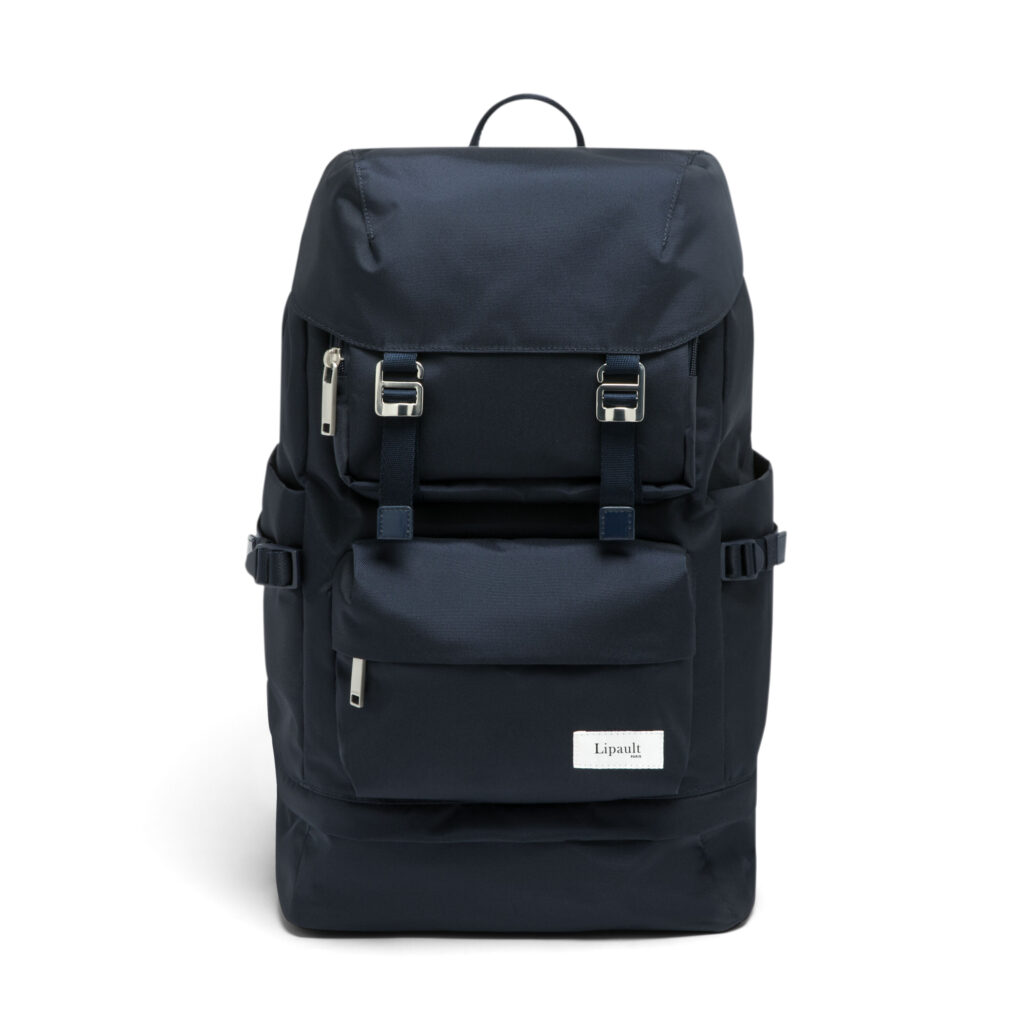
3. Lightweight and Compact Gear:
When it comes to optimizing your hiking gear, one standout item that deserves your attention is a lightweight and compact tent. Investing in a high-quality tent specifically designed for outdoor adventures not only reduces the weight you carry on your back but also ensures reliable shelter in varying weather conditions. In this regard, we highly recommend checking out the exceptional range of lightweight tents from Olpro. Their tents are meticulously crafted with durable, weather-resistant materials and feature innovative designs that make setup a breeze. With their commitment to quality and performance, Olpro offers a range of options that cater to different hiking needs.
Lightweight Comfortable Tent: Olpro
4. Pack Strategically:
When packing your backpack for a hiking trip, it’s important to consider the placement of items to ensure balance and stability. A key strategy is to pack heavier items closer to your back and towards the middle of the pack. By doing so, you distribute the weight more evenly, which helps maintain your balance and reduces strain on your shoulders and back. Start by placing the heavier gear, such as your tent, sleeping bag, and cooking equipment, in the central compartment of your backpack.
When it comes to optimizing your hiking gear and organizing your backpack, one standout item that deserves your attention is a lightweight and durable packing cube. designed to keep your belongings neatly organized and easily accessible during your outdoor adventures, this essential gear is a game-changer. with its spacious interior and compression zippers, it maximizes the space in your backpack while protecting your belongings.
Best Packing Cubes: Lipault
5. Waterproofing Essentials:
Protect your gear from rain during your hiking trips with waterproof stuff sacks or dry bags. These specialized bags provide an extra layer of protection for items like electronics, clothes, and sleeping bags. Additionally, consider using a waterproof liner or cover to shield the interior of your backpack from moisture. With these waterproofing essentials, you can venture into the outdoors with confidence, knowing that your gear will stay dry and protected, no matter the weather conditions.
Best Waterproof Rucksack: Olpro
6. Layering System for Clothing:
By adopting a layering system, you can easily adjust your clothing based on the conditions you encounter during your hike. If the weather is mild, you can remove some layers or open up vents to prevent overheating. Conversely, if it gets colder or starts raining, you can add additional layers or zip up your outer shell to retain warmth and stay dry. Remember to consider the terrain, elevation, and anticipated weather conditions when selecting and adjusting your layers. Regularly assess your comfort level throughout the hike and make necessary adjustments to ensure you stay warm, dry, and comfortable.
Best convertible Hiking Pant: Hawalili
Also Read:Ultimate Guide to Overnight BackpackingTrip
7. Water and Food:
When packing your backpack for a hiking trip, it’s crucial to pay attention to two essential elements: water and food. Staying hydrated on the trail is vital for your overall well-being and performance. Invest in a high-quality water reservoir or water bottles that are durable, leak-proof, and easy to access. Consider carrying a water filtration system or purification tablets to ensure a safe and clean water source during your journey. As for food, choose lightweight and nutrient-dense options that provide sustained energy.
Best Compact Camping BBQ & Stov: olproshop
Pack snacks like trail mix, energy bars, and dried fruits. For longer hikes, include dehydrated meals that require minimal preparation. Don’t forget to pack a compact stove and cookware if you plan on cooking hot meals. Properly planning and packing water and food supplies will keep you fueled and hydrated, allowing you to fully enjoy your hiking adventure.
Best Essential Foldable Water Carrier: olproshop.
8. Essential Safety Gear:
When embarking on a hiking trip, it is of utmost importance to prioritize your safety by ensuring that you pack essential safety gear in your backpack. These items can be the difference between handling emergencies and unexpected situations effectively or finding yourself unprepared. Here are some key safety items that should always be included in your hiking gear:
- First aid kit
- Map and compass or GPS device
- Whistle
- Headlamp or flashlight
- Emergency Shelter
- Whistle and Signal Mirror
- Emergency Fire Starter
- such as Personal Protection, Bear Spray, Whistle for wildlife encounters, or a Snakebite kit
- Multi-tool: such as a Swiss Army knife, blades, pliers, screwdrivers, and a can opener.
Best Poled Tailgate Awning: olproshop
9. Leave No Trace:
When embarking on a hiking trip, it’s crucial to practice Leave No Trace principles to minimize your impact on the environment and preserve the natural beauty of the trail for future hikers. One essential aspect of Leave No Trace is packing out all your trash and leaving nature as you found it.Here are some tips to help you follow this important principle:
- Pack a lightweight trash bag
- Separate and store waste properly
- Minimize waste
- Dispose of waste in designated areas
- Leave nature undisturbed

Packing your backpack for a hiking trip is a skill that can greatly enhance your outdoor experience. By choosing the right gear, packing strategically, and prioritizing essentials, you can ensure a comfortable and enjoyable adventure on the trails. Remember to keep your backpack lightweight, organized, and balanced, and don’t forget to prepare for safety and environmental responsibility. So, get ready to hit the trails with confidence and make lasting memories in the great outdoors!
Disclosure: This post contains affiliate links. we may earn a commission if you make a purchase or engage with the recommended services. Your support through these links helps sustain the content creation efforts on this blog.

